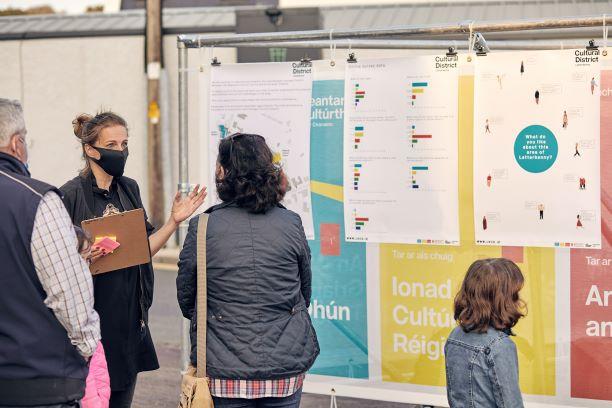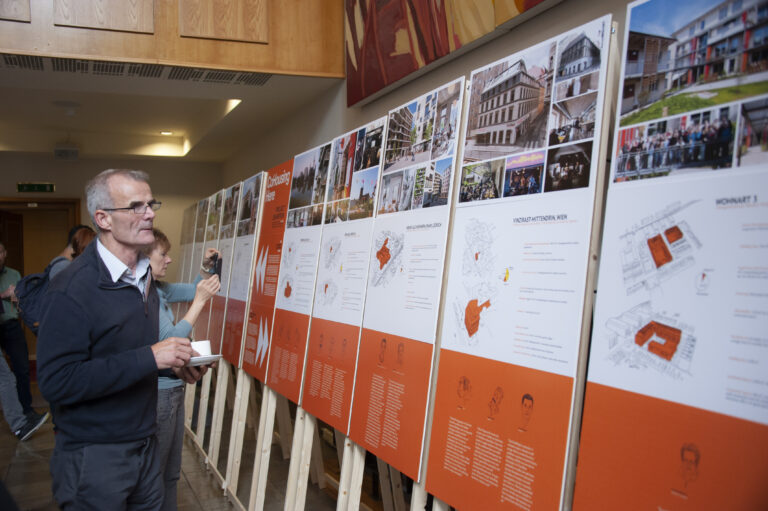Journal •
In Praise of Streets
The most essential part of a city are its streets. They form the city. We navigate and situate ourselves in Dublin using them. Connecting places and people temporarily or permanently. We have affection for certain streets and memories that loiter at every corner.
‘The paths, the network of habitual or potential lines of movement through the urban complex , are the most potent means by which the whole can be ordered.‘ – Kevin Lynch.
Jane Jacob in her book ‘the life and death of American cities’ thinks that firstly, ‘there must be a clear demarcation between public and private space’. Secondly, ‘there must be eyes on the street’ for its safety and thirdly, ‘the street must have users’ – because nobody likes looking at an empty street.
As I stroll through the inner city recently, the activity and liveliness is sublime, but what has changed and what makes a good street?

Grafton St and O’Connell St are the obvious main thoroughfares, however there has been a blossoming on other streets. From Grattan bridge I look up towards the latest temporarily pedestrianised street, Parliament street: It’s teeming with life. People line the streets chatting, socialising. Unfortunately the road is only closed at the weekend between certain hours. Drury street, Drury Court and South William Street, have in the last few months been made pedestrian-friendly.
Drury court is unrecognisable. They all share some common characteristics. Bollards, parasols, white picket fences, enlarged pathways – and more people and less cars. We should celebrate and encourage these changes and learn from other cities in Europe. Through planning, these outdoor conditions can create lively or lifeless cities.

Jahn Gehl writes that outdoor activities are dependent on the quality of the outdoor spaces in his book ‘Life Between Buildings’. The main street of Copenhagen was converted to a pedestrian street in 1962 and many critics predicted the street would be deserted as city activity wasn’t a ‘northern European tradition’. He analyses Copenhagen and observes that as the quality of the spaces improve, there is increased use in outdoor public spaces.
Dublin needs to change in order to reduce emissions in the city. Although this is complicated, improving the cycle lanes and pedestrianising streets in order to design a ‘15-minute city’, an urban planning concept where everything a city dweller needs is fifteen minutes by foot or bike, is a step in the right direction.
Contributor Cormac O’Mahoney, IAF Emerging Architectural Writers Panelist 2021
Photography by Cormac O’Mahoney.





